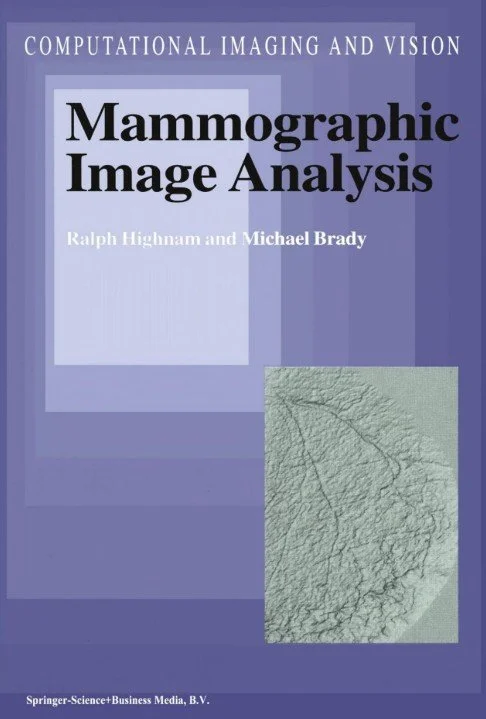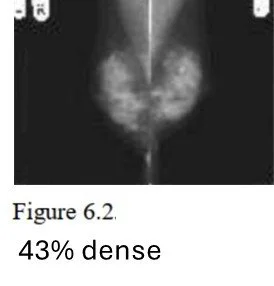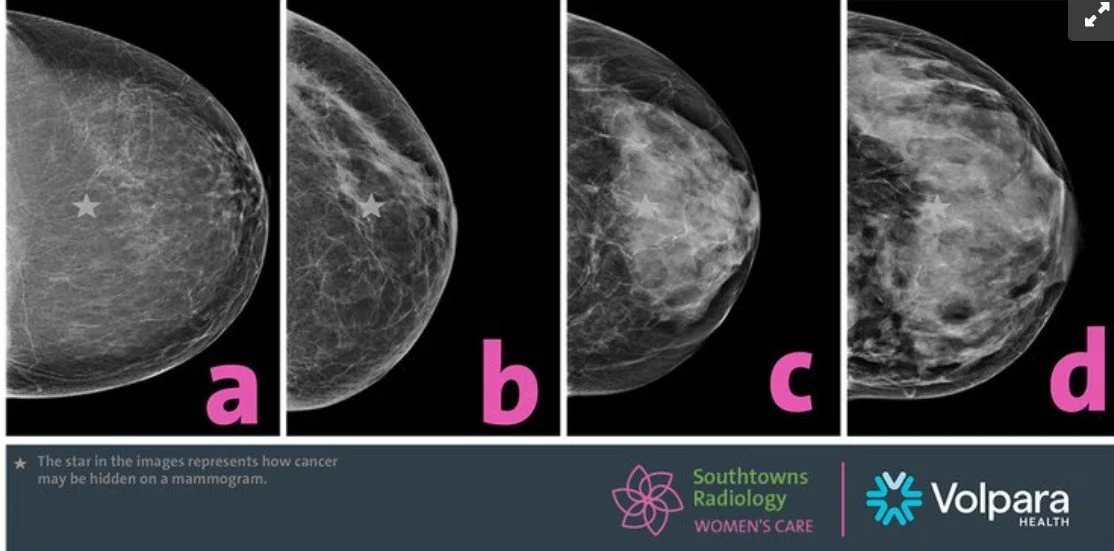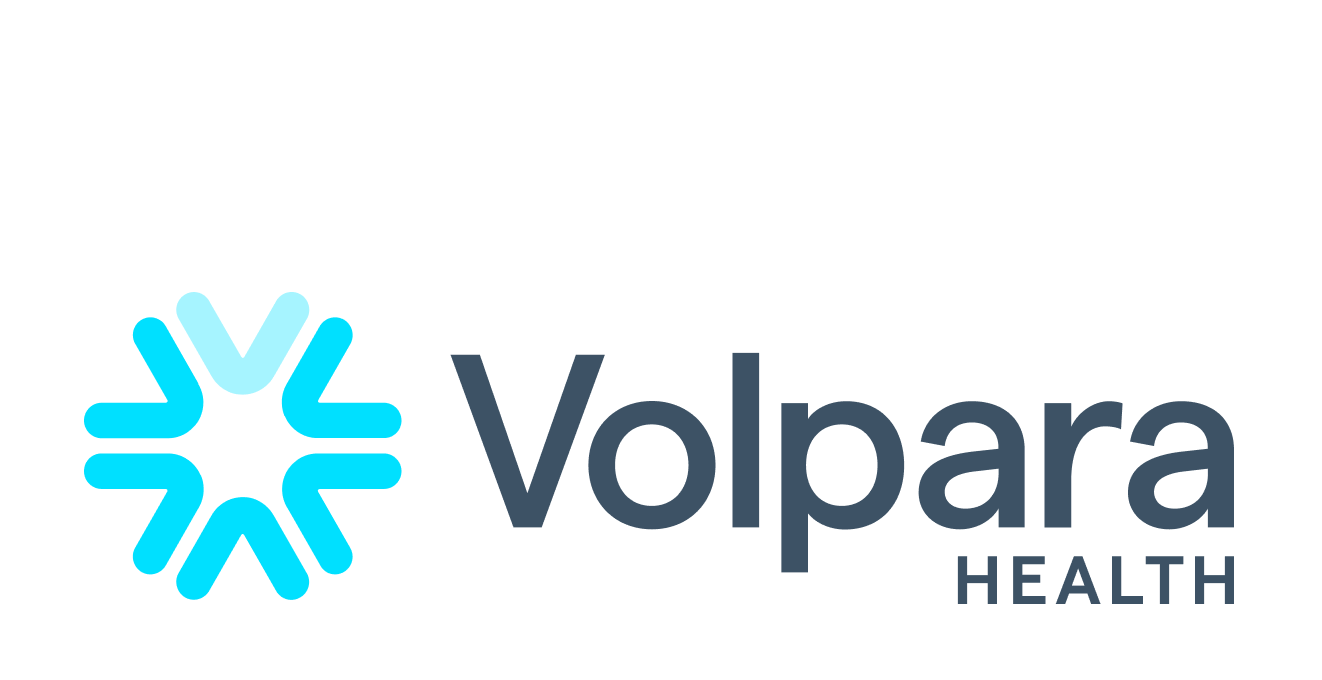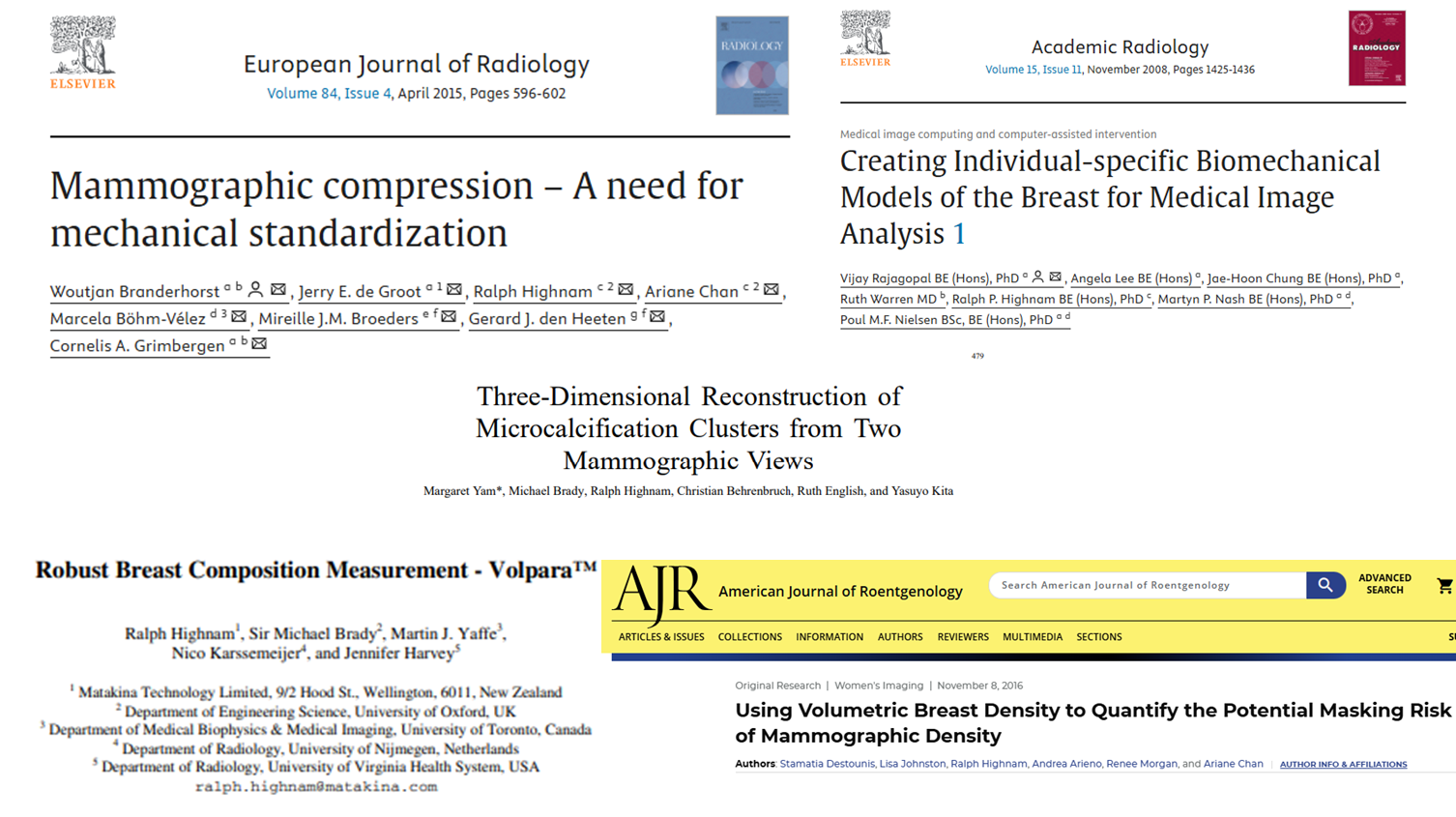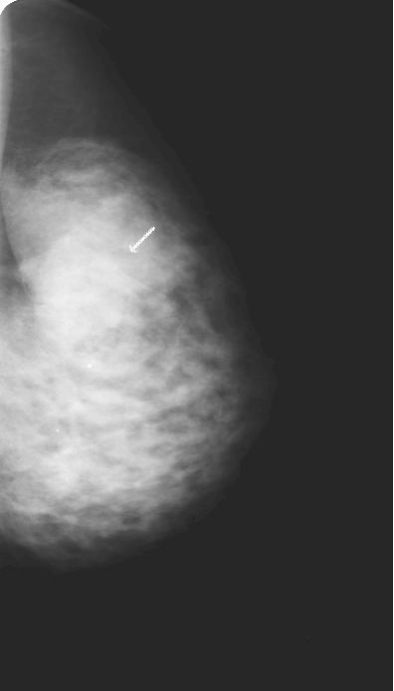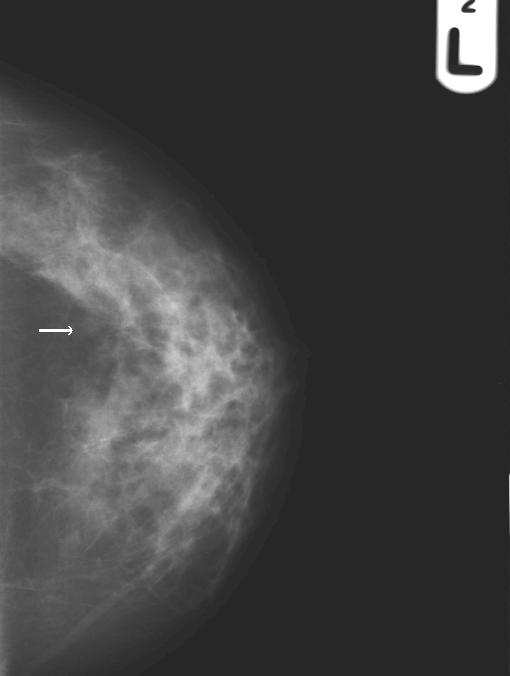Breast Cancer
Research
Saving Families from Cancer Since 1989
Since 1989 I’ve been researching into breast cancer, principally around applications of artificial intelligence (AI) for early detection.
The reason I started was that Prof Sir Mike Brady’s mother-in-law died from breast cancer, but since that day many other women in my life have had and, in some cases, sadly died from breast cancer . And it’s not just women later in life, but also women with young kids. That’s why “Saving Families from Cancer” was the mission of Volpara Health, the company I founded in 2009 and exited via trade sale in 2024. At that point, our software was helping, and is still helping , millions of US women each year.
This page brings together various pieces of my research, but also note the WellyBreastHub community we have up & running to try and raise the level of understanding of breast cancer AI research particularly in NZ and Australia.
The PhD thesis
Can be downloaded from Oxford University Computing Laboratory, and was a 3 year project with Prof Sir Mike Brady as my supervisor.
Working out the x-ray physics, assuming a two component model of the breast and proving you could compute it were key contributions, as well as showing how you might use it for reliable & robust breast AI.
But buried deep inside the thesis was the table shown below the thesis cover picture which listed a series of images and the “Percentage of interesting tissue”, they are the first volumetric breast density measurements, a by-product of the PhD and one which no-one really cared about at the time.
How wrong we all were…
The Book
Published in 1999 with Prof Sir Mike Brady, this monograph laid out our thinking about how AI can be applied to breast images in a reliable and robust way - lessons which still need to be learnt 25 years later as many groups now assume, wrongly, “we just need more data'“.
SPRINGER NATURE still appear to be selling it online in various forms. It’s dated, but the philosophy holds true. It greatly expands upon the PhD thesis, especially around verification of our biophysically-based AI algorithms and the potential clinical uses of those algorithms ranging from image enhancement through to computer-aided detection.
Snuck into the Book in Figure 6.2 however, was a set of mammograms with breast density scores - see the image on the left.
Breast density
Prof John Wolfe in the 1970s started relating how the breast looks on an x-ray to future breast cancer risk, but for various reasons the field fell into disrepute until Prof Norman Boyd (with many colleagues) started showing repeatable results from a semi-automated measurement of breast density versus risk. The work in my PhD and then at Volpara led to a way to automate, in a quantitative way, the measurement of breast density, “volumetric breast density”. The sheer mass of evidence around breast density and risk (in its various forms), and the demands from women like Dr Nancy Capello to know that information led ultimately to the FDA in the US requiring that all women screened should be told their breast density from Sept 2024 - some 50 years post John Wolfe’s initial thinking.
In the picture you’ll see four images of different density breasts - can you see the white star? That is the “masking risk” of breast density, it’s also an independent risk factor for development of breast cancer.
The History of Breast Density in Litmaps
From John Wolfe in the 1970s through to the pivotal DENSE studies in 2019 and up to Nov 2023, this Literature Map (Litmap) shows you the history of breast density and how it has changed, and is changing, how breast cancer screening is performed globally. 16th Nov 2023.
The company
In 2009, “the gang of 4”: myself and Prof Sir Mike Brady, Prof Martin Yaffe and Prof Nico Karssemeijer sat down and decided that the technology that we’d all contributed to over the last decade was desperately needed by women around the world - breast density assessment by eye was too subjective. That launched Volpara Health which grew from Wellington to cover around 40% of all US breast cancer screenings when the company merged with South Korean AI company, Lunit. It still very much continues with a big office in Wellington, and they continue to Save Families from Cancer every day.
LinkedIn has (some) of the full Volpara Story:
Today, I’m back doing breast cancer research and innovation, see WellyBreastHub
PUBLICATIONS & PATENTS
I’ve been fortunate to work with many, many talented people over the years and that’s led to many papers & patents, this seems a reasonably complete list: GOOGLE SCHOLAR
Active RESEARCH INTERESTs
Breast compression is essential for stopping movement and reducing radiation dose during mammography, but can we use it to also tell if the tissues in the breast are soft or hard or fixed or mobile? See the movies. And, what effect does breast compression have on contrast-enhanced digital mammo and background parenchymal enhancement?
Risk of developing cancer tells us what imaging and screening intervals to deploy and the work using deep learning to predict risk based on the image alone is exciting BUT what’s the biology? How can we trust it if we don’t know what it’s doing? How can we make the prediction robust across all x-ray systems and populations?
Change over time is notoriously difficult to measure due to imaging changes but also normal changes in the breast due to (for example) age, menopause, HRT and so on. How can we detect abnormal change with all those confounding factors going on? And what does breast density change over time tell us?
AI for computer-aided detection and autonomous reads - it’s the future, but how do we get there and how do we make AI robust & reliable across all x-ray systems and populations (seems to be a common theme!)
The History of Breast AI in Litmaps
From Fred Winsberg in 1967 through to the recent prospective studies into the use of breast AI in screening this Litmap shows you the history of the field. 5th Dec 2023.
Directly from Winsberg’s paper:
“We believe we have demonstrated the feasibility of automation of the reading of mammograms”
60 years later, we’re still waiting….
Want to talk about breast cancer research especially around AI?


